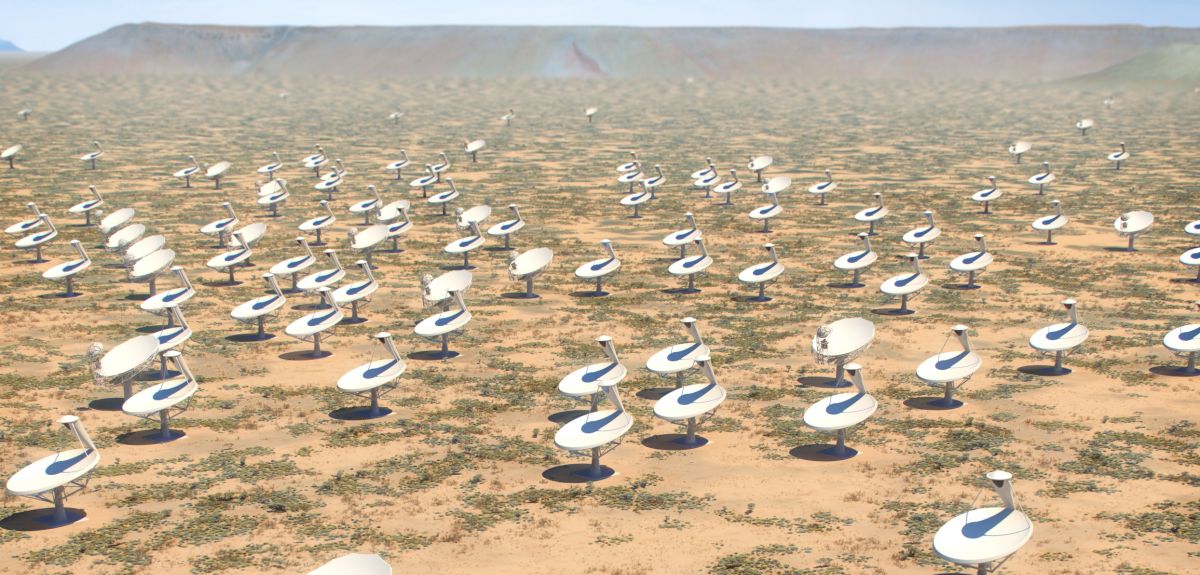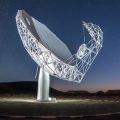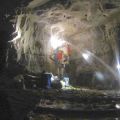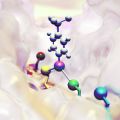
Image: SKA team
Coming Soon: the Universe in 3D Widescreen
The largest telescope ever built will enable astronomers to create the biggest maps of the Universe yet, capturing vast swathes of the sky in 3D and helping to test ideas about the shape and composition of the cosmos.
That's the plan set out by an international team looking at how the Square Kilometre Array (SKA), a radio telescope being built at sites in South Africa and Western Australia, will be able to investigate some of the big questions in cosmology.
In a series of papers released yesterday the team, including a strong UK contingent from Oxford University, University of Manchester, and UCL, detail how SKA can put Einstein's theory of General Relativity to the test and further our understanding of dark matter and dark energy. UK involvement in the SKA is led by the Science & Technology Facilities Council (STFC).
'The SKA promises to give us a 'cinematic 3D Widescreen view' of the Universe that no other telescope can,' SKA researcher Professor Matt Jarvis of Oxford University's Department of Physics explains.
'This will enable us to build maps covering much larger areas of the sky – mapping hundreds of millions of galaxies – and detect objects at much greater distances so that we can cover vast volumes of the Universe capturing anything that moves or goes bang!
'Unlike the next generation of facilities at visible wavelengths, the SKA provides us with an accurate 3-D picture of about half of the observable Universe by observing hydrogen, the fundamental building block of all the stars and galaxies we see. This allows us to study unique aspects of our universe, including whether Einstein's theory of General Relativity holds on the largest cosmological scales.'
In addition to the 3D maps, the SKA will also make two-dimensional maps using the total radio-wave emissions of galaxies. 'These maps will contain hundreds of millions of galaxies allowing us to test whether the shape of the Universe is as simple as our theory predicts,' Matt adds.
Boasting thousands of radio receivers and dishes across its two sites, when SKA's first phase is completed in 2023 it will have collecting area equivalent to 15 football pitches, and will produce more data in one day than several times the daily traffic of the entire Internet. A second phase, due around 2030, promises to be ten times larger still.
When you have something the size of the Universe to map, it seems that bigger really is better.
 MeerKAT is shape of things to come
MeerKAT is shape of things to come Economic games don't show altruism
Economic games don't show altruism Can science find the right diet for you?
Can science find the right diet for you? Ancient waters expand search for 'deep life'
Ancient waters expand search for 'deep life' Gannets of the far North
Gannets of the far North Walker's baby steps towards molecular robots
Walker's baby steps towards molecular robots Handheld breath device could 'sniff out' diabetes
Handheld breath device could 'sniff out' diabetes